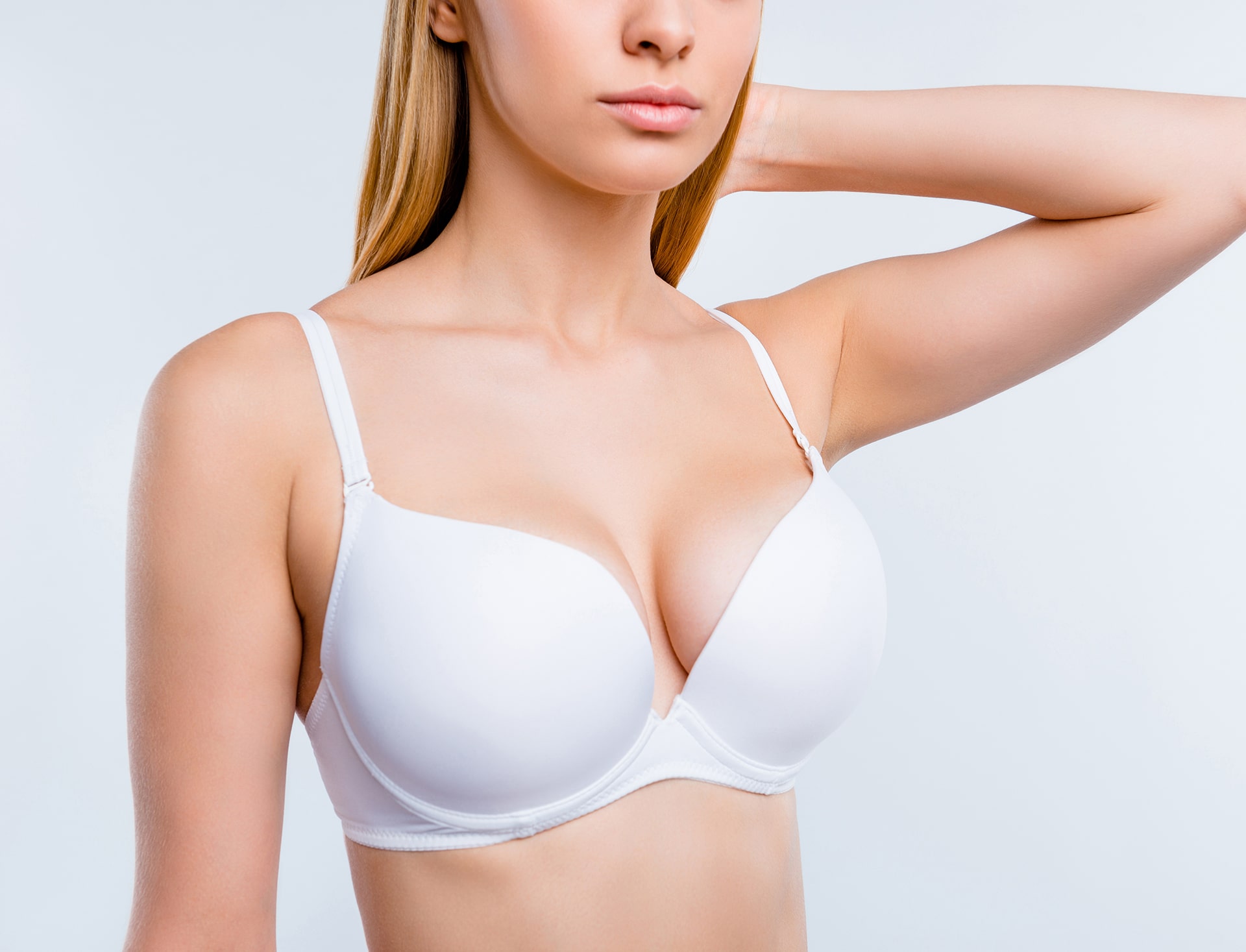Nipple & Areola Aesthetics with Dr. Çağrı Sade
Correcting inverted, enlarged, or misshaped nipples for comfort and confidence
Nipple inversion or deformity can cause both aesthetic and functional problems. Changes may occur at the nipple, where the milk ducts open, and in the surrounding pigmented area called the areola. Genetic factors, hormonal changes, and postpartum changes (pregnancy and breastfeeding) can all lead to visible deformities.
In some women, the nipple is inward-facing or pulled inward, a condition often referred to as an “inverted nipple.” In others, the nipple and areola may become enlarged, flattened, or asymmetrical over time.
After childbirth and breastfeeding, the nipple often becomes flatter and wider, and its color may darken. Projection may decrease, and in some cases, the nipple can become more pointed outward. The most common deformity is enlargement of the nipple and widening of the areola.
A nipple that is too large, too flat, or inverted can affect a woman’s body image and may also lead to breastfeeding difficulties after pregnancy.
Genetic vs acquired nipple deformities
Sometimes, even in women who have never been pregnant or breastfed, the nipple may be genetically wider, flatter, or less projected than normal. Similarly, an inward-facing or retracted nipple is very often genetic and not necessarily linked to any disease.
Common issues include:
- Enlarged nipple
- Widened areola
- Flat nipple with minimal projection
- Inverted nipple (nipple pulled inward)
- Asymmetry between the two nipples or areolas
In many of these cases, aesthetic intervention is the only way to achieve a more balanced and comfortable appearance and, in some situations, to support future breastfeeding function.
Aesthetic solutions for nipple & areola deformities
At Dr. Çağrı Sade’s clinic in Istanbul, nipple and areola aesthetics are planned based on the specific deformity and the patient’s expectations. There is no “one-size-fits-all” approach; techniques are chosen individually.
Depending on the problem, the treatment may include:
- Reduction of an enlarged nipple to achieve a smaller, more proportionate size
- Areola reduction to narrow a widened pigmented area and create a more balanced circle
- Correction of inverted nipple by releasing the tight structures that pull the nipple inward
- Projection improvement for nipples that are too flat
- Symmetry procedures to make both nipples and areolas appear more similar
One of the key considerations in inverted nipple correction is whether the patient plans future breastfeeding. In some techniques, the milk ducts may be preserved as much as possible, while in others, priority is given to stable shape correction if breastfeeding is not a concern.
Who may benefit from nipple & areola aesthetics with Dr. Çağrı Sade?
You may consider nipple or areola surgery with Dr. Çağrı Sade if:
- Your nipple is inverted or pulled inward
- Your nipples have become larger, wider, or misshapen after childbirth
- The areola (the colored area) looks too wide or asymmetrical
- You feel self-conscious in underwear, swimwear, or intimate situations
- You have concerns about future breastfeeding due to inversion or deformity
- You wish to correct genetic nipple or areola shape issues
A detailed consultation with Dr. Cagri Sade helps determine which technique is most suitable and whether functional concerns such as breastfeeding should be taken into account.
Why choose Dr. Çağrı Sade for nipple & areola aesthetics?
Nipple and areola surgery involves a delicate balance of aesthetics and function. This area is small but very visible and emotionally significant for many women. Patients choose Dr. Çağrı Sade and Dr. Çağrı Sade’s clinic in Istanbul because:
- Refined aesthetic approach
Dr. Çağrı Sade focuses on natural, proportional results that match the breast size, skin tone, and overall body frame, avoiding an “over-operated” look. - Experience with functional concerns
In cases of inverted nipple, special attention is paid to techniques that may support or respect breastfeeding potential, depending on the patient’s priorities. - Attention to scar placement
Incisions are planned around the nipple and areola in a way that scars blend into natural color transitions as much as possible. - Supportive environment for intimate concerns
Nipple and areola issues are often emotionally sensitive. The consultation and planning process are handled with discretion, clarity, and empathy, especially for patients who have been self-conscious for many years.
If you struggle with inverted, enlarged, flattened, or misshaped nipples or areolas, and this affects either your confidence or your breastfeeding plans, a personalized nipple and areola aesthetics procedure with Dr. Çağrı Sade in Istanbul can help restore a more balanced, natural, and harmonious appearance to the breast area.




